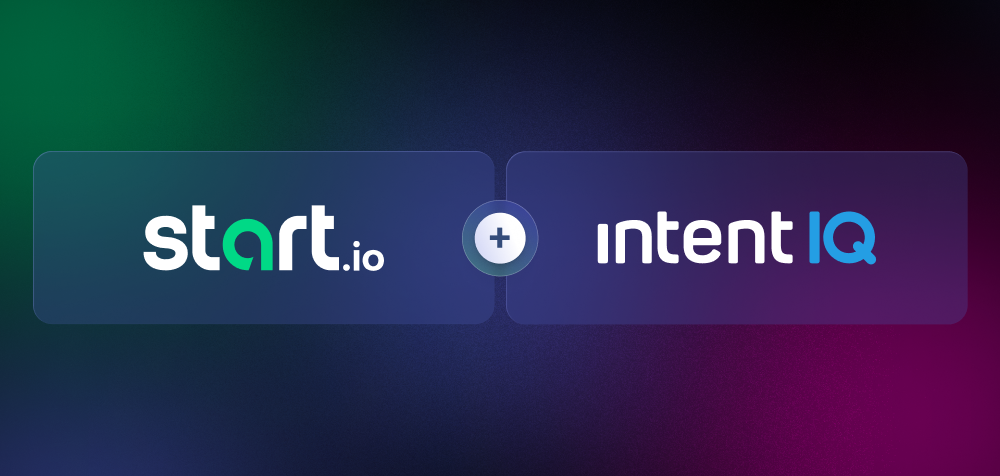Mobile data can tell us a lot about the planet. There are now an estimated 7.2 billion smartphones in use worldwide. In countries like France, Germany, and the United States, more than 8 out of 10 people own a smartphone.
People consume an average of 15 gigabytes of data per month on their smartphones, and generate vast amounts of valuable, real-time data.
In 2024, we used large, anonymized samples of mobile data to study the popularity of TikTok in the United States, the current state of dating apps, language use in America, who was traveling to the 2024 Summer Games, Android device use worldwide, and mobile data speeds.
Here are the 6 most interesting data insights from 2024:
#6: Nevadans are obsessed with TikTok
If TikTok ends up getting banned in the U.S. on Jan. 19, the impact will be felt hardest in Nevada, where roughly half of the state’s residents have downloaded the app. TikTok and Instagram spent 2024 battling for market share, with TikTok gaining a major foothold in the Midwest and American South.
The king of social media remains Facebook, whose mobile app is installed on more than 60 percent of American smartphones nationwide.
#5: 1 in 10 Americans have at least one dating app
Roughly 9 percent of Americans have at least one dating app installed on their smartphone. And if you’ve got a dating app, chances are, it’s Tinder.
Tinder owns an estimated 27.7 percent market share in the United States. And although there are more than a thousand dating apps available for download, six apps own 85 percent of the market: Tinder, Plenty of Fish, Bumble, Badoo, Hinge, and Grindr.
#4: 90% of Americans speak one language
How many languages do you speak? In America, a little over 90 percent of people speak one language. Roughly 5.7 percent of Americans are bilingual, and 3.1 percent of Americans speak three or more languages.
Not surprisingly, English and Spanish are the two most popular languages in the United States.
West Virginia, Montana, North Dakota, Vermont, and Maine had the least language diversity in the country, which correlates with low rates of racial diversity in those states.
#3: Oregonians flocked to Paris for the Summer Games
The population of Paris briefly swelled over the summer as the City of Light hosted the 2024 Olympic Games. At the height of the Games, tourists made up roughly one-third of the city’s population.
Thousands of Americans traveled to Paris for the Olympics, and we were curious which states were sending the highest number of tourists. Oregonians, who typically make up just 1.26% of the country’s population, made up nearly 13% of all American tourists in Paris.
Put another way, if there was a demographically representative sample of 100 Americans in a room, just 1 would be from Oregon. But at the Paris Games, 13 out of 100 would have been from Oregon.
#2: Wyoming’s mobile internet is slower than most
If you live in Wyoming, it’s not just you—your mobile internet *is* slower than the rest of the country. A little over 17 percent of the cell phone towers in Wyoming still connect using 3G.
Wyoming is the least populated state in the continental U.S., with just 6 people per square mile. Compare that to a state like New Jersey, which has more than 1,200 people per square mile.
#1: Samsung is big everywhere (except Asia)
Samsung is huge, and remains the most popular Android brand in 125 countries. In North America, Samsung owns an 80 percent market share.
The South Korean electronics giant is much less successful in Asia, where it is the dominant smartphone brand in just Hong Kong, Macau, South Korea, Taiwan, Vietnam, and Sri Lanka. Samsung owns a 28.2 percent market share in East Asia and the Pacific, and 9.1 percent market share in South and Central Asia.
In Asia, other brands are far more dominant, notably Google (Japan, Malaysia, and Singapore), Xiaomi (India), and Oppo (Indonesia, Cambodia, and Thailand).
The Chinese smartphone brand Techno appears to have focused exclusively on capturing market share in Africa, where it is the dominant brand in 17 African countries.
Are you interested in more data insights like these? Start.io now offers media buyers more than 3,000 audience segments when building an advertising campaign. Browse available segments on Start.io’s Consumer Insights and Audiences Hub.



